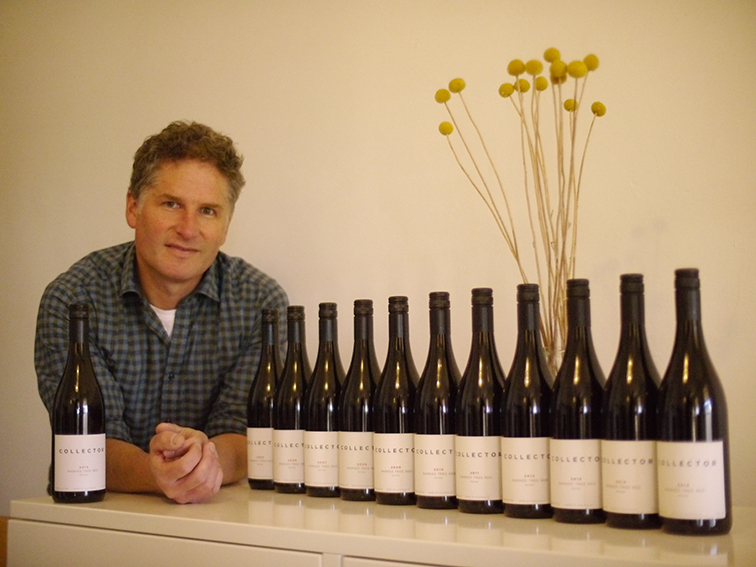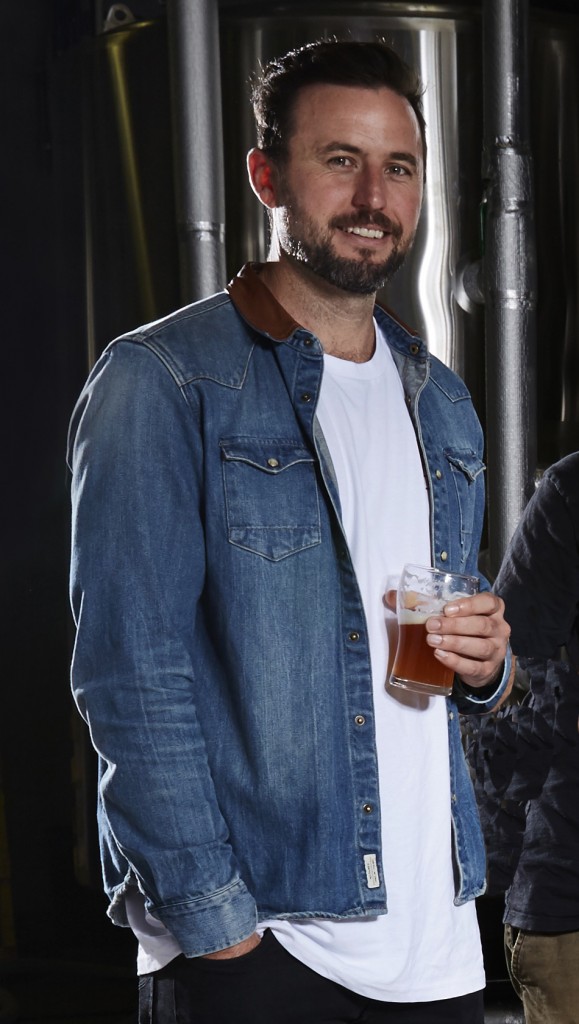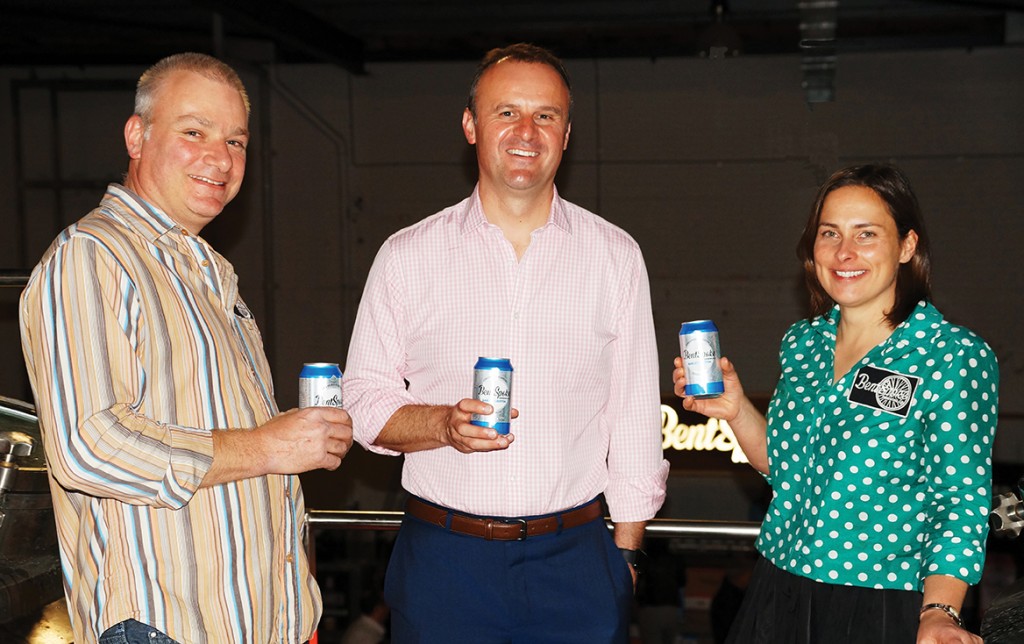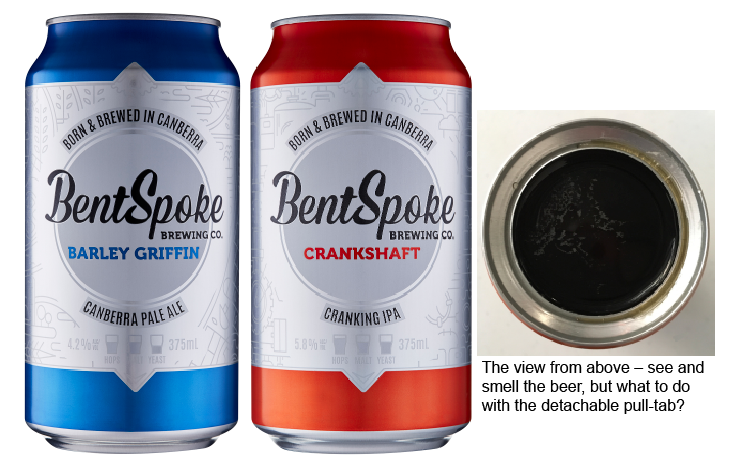On the back of two consecutive, bountiful, high quality vintages, winemakers in Canberra and the neighbouring NSW high-country released an amazing wealth of classy wines in 2016.
Regional specialties lighted the way. Canberra 2015 shiraz and 2016 riesling sit with Australia’s best. So does chardonnay from Tumbarumba and shiraz and cabernet sauvignon from Hilltops.
But our regional offering now stretches way beyond recognised specialties to delicious quirky wines, like naturally sparkling pet nats (from the French petillant naturel), and a spectrum of varietals, including savagnin, gruner veltliner, marsanne, roussanne, viognier, nebbiolo, sangiovese, tempranillo, montepulciano, barbera, gamay, touriga nacional and graciano.
Despite the excellence and diversity of styles now being made in the NSW high country, shiraz remains the most exciting variety. At the 2016 National Wine Show of Australia, judges tasted 299 shirazes. Canberra’s Mount Majura 2015 topped a field of 88 wines from the vintage. And Chalkers Crossing Hilltops CC2 2014 beat all comers from the 2014 vintage.
The two locals wrestled for victory in the trophy taste-off. Chalkers Crossing won (see review below). The success of the two elegant, medium bodied southern NSW high country styles shows a shift among judges away from Australia’s brawnier, traditional warm-grown versions. But more than anything else, it reveals growing recognition of mature winemaking and the high quality of shiraz grown at altitude in southern NSW.

Cementing that shift, judges awarded the Red Wine of Provenance trophy to another local, Alex McKay’s Collector Marked Tree Red, a Canberra shiraz–viognier blend. Judges compared McKay’s 2015, 2009 and 2005 vintages to similar spans of vintages of Grant Burge Meshach Shiraz, Peter Lehmann Stonewell Shiraz, St Hallett Blackwell Shiraz and Rosemount Estate Balmoral shiraz.
Back in the shiraz classes, local wines other than the two trophy contenders rated highly, with gold medals awarded to Moppity Vineyards Hilltops Reserve Shiraz 2015, Grove Estate Hilltops Reserve Shiraz Viognier 2015 and Moppity Vineyards Hilltops Estate Shiraz 2015 and 2014.
With so many delicious local wines available, my favourite five of the year represents outstanding examples of particular styles: one traditional riesling, two shirazes and two glimpses of the future in the white marsanne and red tempranillo.
But a score or more wines could easily have been substituted for the selections. That’s how good Canberra and region wines are at the end of 2016. The message is to be adventurous and enjoy yourself. There’s a wealth of wine out there to be discovered.
A FAVOURITE FIVE
 Four Winds Vineyard Canberra District Riesling 2016
Four Winds Vineyard Canberra District Riesling 2016
Four Winds vineyard, Murrumbateman, Canberra District, NSW
$25
Four Winds Vineyard’s Sarah Collingwood, a finalist in the 2016 Women in Wine Awards, missed out on the gong, but shares credit for her family’s delicious 2016 gold-medal-winning riesling. Any number of Canberra rieslings qualify for a “favourite” rating and singling out just one seems miserly when so many pass the luscious test. However, Four Winds sat among the silver and gold medallists on the tasting bench, then graduated to the dinner table where its delicate, juicy flavours and freshness left us looking for the second bottle.
 Collector Lamp Lit Marsanne 2016
Collector Lamp Lit Marsanne 2016
Wayne and Jennie Fischer’s Nanima vineyard, Murrumbateman, Canberra District, NSW
$22
Like other Canberra vignerons, Collector’s Alex McKay looks to Rhone Valley white varieties as alternatives to riesling, the district’s specialty. Marsanne leads a three-way blend with roussanne and viognier – all spontaneously fermented in oak barrels and all subject to a secondary fermentation converting tart malic acid to softer lactic acid. The varietal combination and winemaking technique produce a unique, savoury dry white well removed the floral, aromatic style of riesling. The aroma combines a citrus-like character (orange and mandarin) with subtly musk- and Turkish-delight-like notes. These are reflected on a smooth, richly textured palate of great vibrance and freshness, with a mildly tannic grip on the lingering dry finish.
 Ravensworth Shiraz Viognier 2015
Ravensworth Shiraz Viognier 2015
Ravensworth vineyard, Murrumbateman, Canberra District, NSW
$36
What better wine to represent Canberra’s beautiful shiraz–viognier style than Bryan and Jocelyn Martin’s Ravensworth 2015, winner of four trophies at the 2016 Canberra and Region Wine Show. Judges voted it best shiraz, best Canberra shiraz, best dry red of show and champion wine of the show. This was the fourth time Ravensworth won the show’s champion’s trophy. The 2015 shows the exceptional depth and harmony of the great vintage – a buoyant, lively and exciting red, combining fruit, spice, savour and substantial though silky tannin structure.
 Chalkers Crossing CC2 Shiraz 2014
Chalkers Crossing CC2 Shiraz 2014
Chalkers Crossing vineyard, Hilltops Region, NSW
$22
Fruit, fruit and more fruit gives Celine Rousseau’s modestly priced CC2 shiraz tremendous drink-now appeal. In the 2016 National Wine Show it faced off against Canberra’s Mount Majura 2015 to win the trophy as best shiraz of 299 in a tough competition. It went on to win three more trophies – best single vineyard dry red, best dry red, and the Len Evans Memorial Trophy as wine of the show. Len would’ve approved of the wine’s fresh, ripe, succulent fruit and spice flavours and fine, soft tannins. Rousseau says only about a tenth of the wine sees oak, hence the predominance of the lovely fruit.
 Mount Majura Tempranillo 2015
Mount Majura Tempranillo 2015
Mount Majura Vineyard, Canberra District
$45
Frank van der Loo made Mount Majura’s first tempranillo in 2003 in the comparatively early days for this Spanish red variety. The vines performed well in Canberra’s climate and over time tempranillo became Mount Majura’s flagship. In the 2016 local wine show, Canberra and surrounding regions fielded 14 entries in the tempranillo class. Mt Majura 2015 topped the class and went on to win the trophy for “best dry red other varieties or blends”. The great 2015 vintage produced a tempranillo of exceptional dimension, featuring intense ripe, black-cherry-like fruit flavour, combined with a deep savouriness, reminiscent of soy. The variety’s distinctive, chewy tannins cut through the vibrant fruit, giving a long, satisfying finish.
Copyright © Chris Shanahan 2016
First published 16 December 2016 in the Canberra Times









